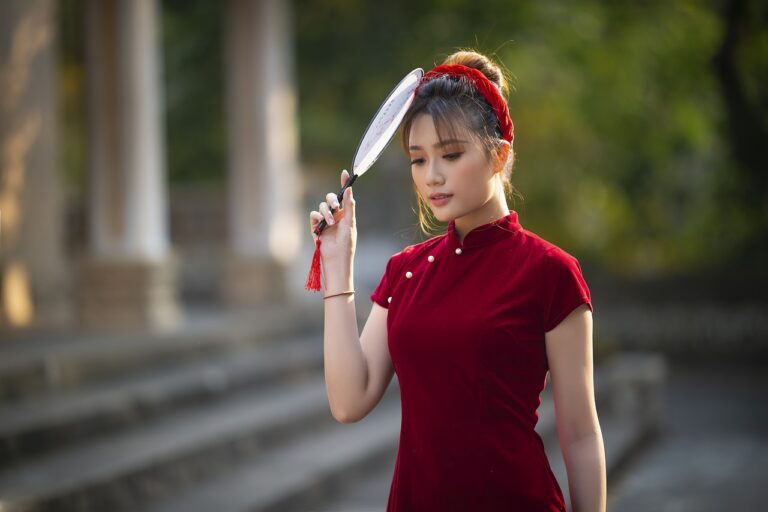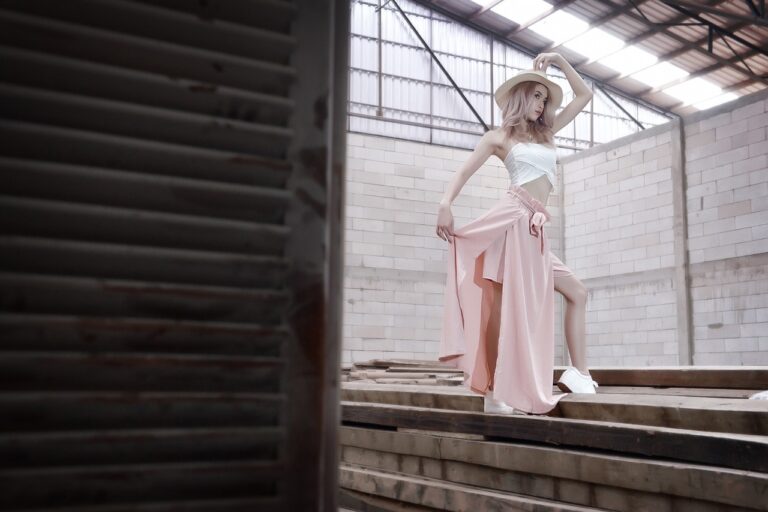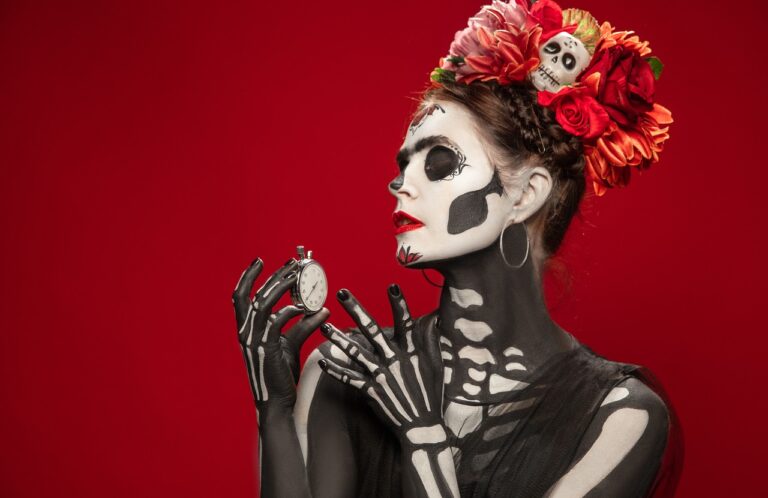Fashion and Architecture: Exploring Structural Design in Clothing
In both clothing and architecture, the use of structural elements plays a crucial role in defining the form and function of the design. From the intricate stitching patterns in a garment to the support beams in a building, these elements provide not only aesthetic appeal but also serve a practical purpose in ensuring strength and stability. In clothing design, structural elements such as corsets, boning, and inner linings help shape the silhouette of a garment, providing support and enhancing the overall fit. Similarly, in architecture, elements like columns, beams, and trusses are essential in supporting the weight of a structure and ensuring its integrity.
Innovative Materials Used in Fashion and Architecture
In both the realms of fashion and architecture, innovative materials play a pivotal role in shaping the creative landscape. Designers and architects are constantly pushing boundaries by exploring unconventional materials that offer unique aesthetics and functionalities. Whether it’s using recycled plastics in clothing or utilizing carbon fiber in building structures, the incorporation of these new materials adds a modern and sustainable edge to design projects.
The use of cutting-edge materials not only enhances the visual appeal of fashion pieces and buildings but also contributes to their durability and performance. For instance, the introduction of smart textiles that can adapt to changing environments is revolutionizing the way we perceive clothing design. Similarly, in architecture, the adoption of self-healing concrete or energy-efficient glass is not only environmentally conscious but also showcases the transformative power of innovative materials in shaping the future of design.
Influence of Architectural Styles on Fashion Design
Architectural styles have long been a source of inspiration for fashion designers around the world. The clean lines and minimalistic approach of modern architecture often translate into sleek and structured clothing designs. Buildings with intricate details and ornate decorations have influenced fashion pieces with intricate embellishments and luxurious fabrics.
The playfulness of postmodern architecture can be seen in vibrant and eclectic fashion designs that mix patterns, textures, and colors in unexpected ways. As fashion and architecture continue to intersect, designers draw upon various architectural styles to create unique and innovative clothing collections. The relationship between the two disciplines serves as a dynamic and ever-evolving source of creative inspiration.





